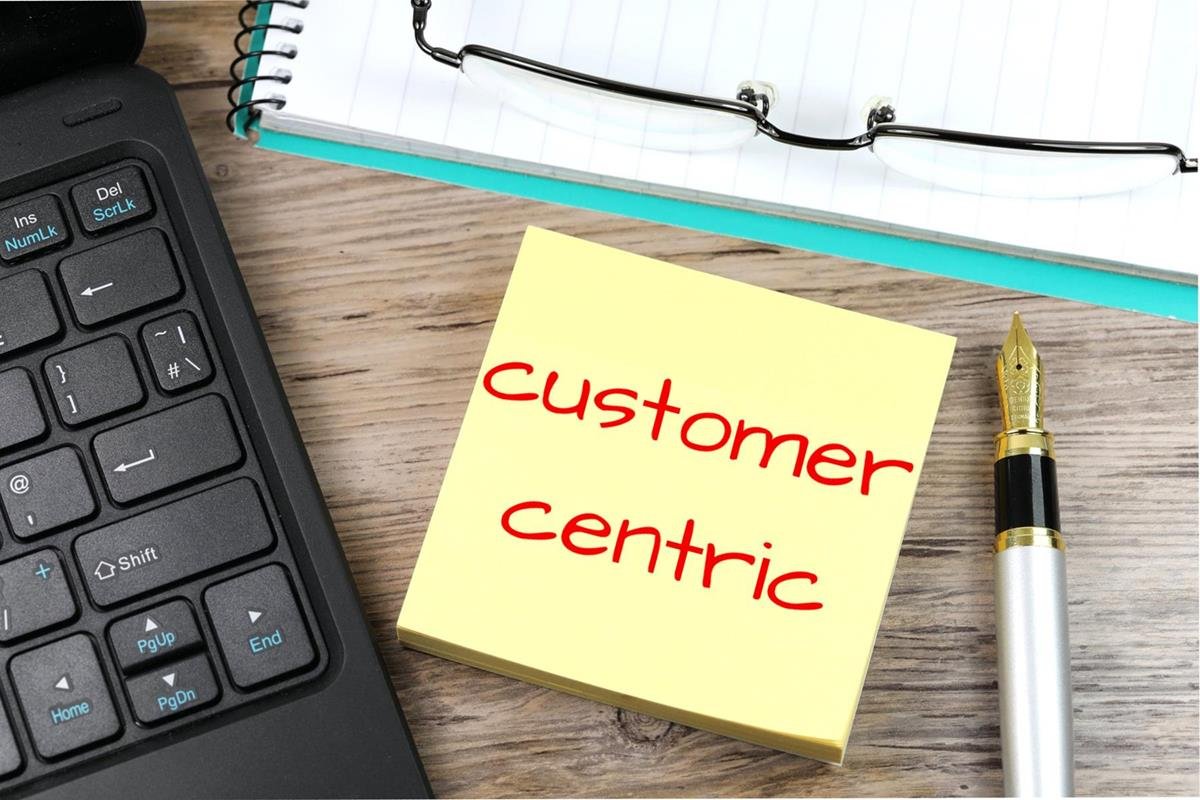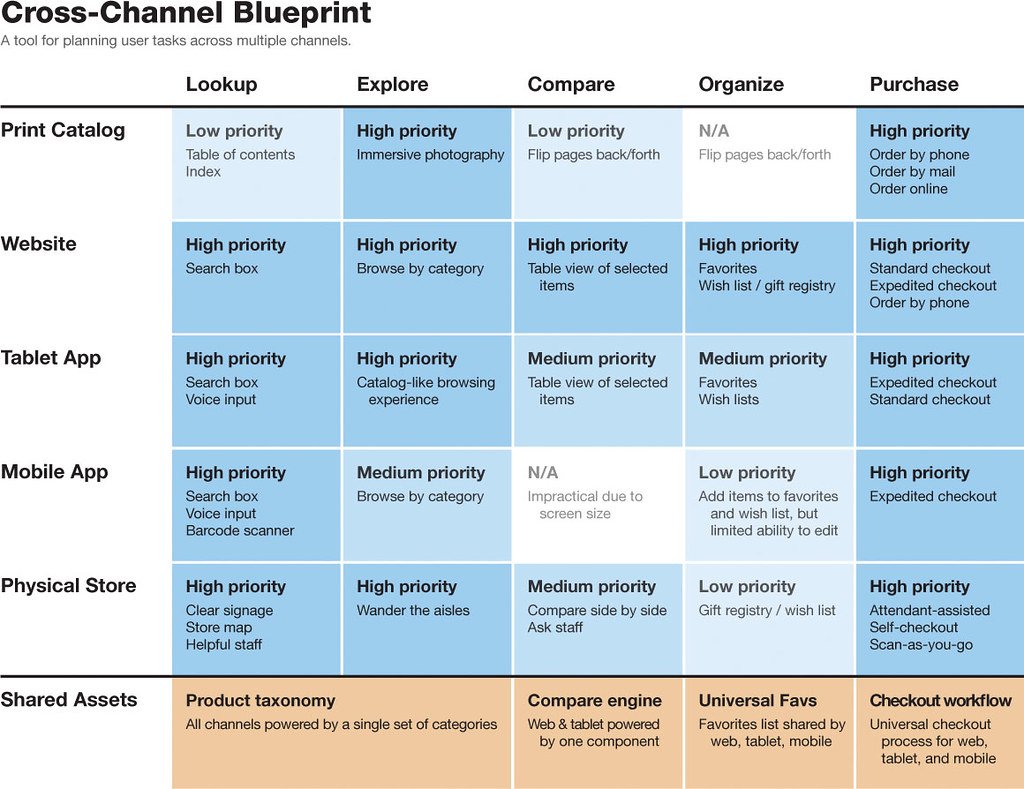Step into the world of shopping bliss, where seamless user experience (UX) takes center stage. In this interconnected era, when our lives have become an intricate web of technology and convenience, the way we shop has evolved into a mesmerizing journey. From enchanting storefronts to effortless transactions, every aspect of the shopping experience is meticulously designed to induce a sense of delight and satisfaction. Join us as we delve into the realm of retail, where the art of creating a seamless UX is revolutionizing the way we shop, transforming mundane tasks into an extraordinary exploration of products and services. Get ready to embark on a journey where simplicity, elegance, and technology converge to pave the way for a shopping experience like no other.
Table of Contents
- Creating a User-Centric Shopping Experience: Unveiling the Essence of Seamless UX
- Enhancing Navigation and Product Discovery: A Key to Delightful Shopping Experience
- Streamlining Checkout Process: Eliminate Friction and Foster Conversion
- Personalization and AI: Unleash the Power of Tailored Recommendations
- Q&A
- To Wrap It Up

Creating a User-Centric Shopping Experience: Unveiling the Essence of Seamless UX
In order to create a user-centric shopping experience, it is essential to understand the essence of seamless user experience (UX) design. A seamless UX encompasses a range of factors that come together to provide a delightful and hassle-free shopping journey for users. In this post, we will dive deep into the key elements that contribute to a seamless UX and explore real-world examples of brands that have successfully implemented these concepts.
1. Intuitive Navigation: A well-designed website or app ensures that users can effortlessly navigate through various sections and find what they are looking for. Clear menus, filters, and search functionalities go a long way in enhancing the overall shopping experience. For instance, online fashion retailer ASOS implements a filter system that allows users to narrow down their search by size, color, price, and brand, allowing them to find the perfect item without any frustration.
2. Personalization: Tailoring the shopping experience to the individual preferences and needs of each user can significantly enhance their satisfaction. Personalized product recommendations based on browsing history, previous purchases, and demographic information help users discover new items that align with their interests. Amazon utilizes this strategy effectively, providing users with personalized suggestions on the homepage and during the checkout process, resulting in higher conversion rates.
3. Mobile Optimization: With the increasing popularity of mobile shopping, it is vital to optimize the user experience specifically for mobile devices. Websites and apps should be responsive, ensuring seamless navigation, legible text, and easy-to-use gestures. Target’s mobile app is a prime example of this, offering a simplified interface, quick loading times, and an intuitive shopping cart, making it a pleasant experience for mobile users.
4. Streamlined Checkout Process: A lengthy and complicated checkout process can lead to cart abandonment. To prevent this, it is crucial to streamline the checkout process, including guest checkout options, auto-fill address forms, and multiple secure payment options. Take note of how PayPal simplifies the payment process by allowing users to check out with just a few clicks, minimizing the need for cumbersome form filling.
By incorporating these key elements into your online shopping platform, you can pave the way for a seamless UX and create a truly user-centric shopping experience. Remember to continuously gather user feedback, conduct usability tests, and stay up to date with the latest UX trends to ensure your platform remains at the forefront of enhancing customer satisfaction.
Enhancing Navigation and Product Discovery: A Key to Delightful Shopping Experience
In the fast-paced world of e-commerce, a seamless user experience (UX) is the Holy Grail for both shoppers and businesses alike. A key aspect of achieving this shopping bliss lies in enhancing navigation and product discovery. By prioritizing these elements, businesses can empower their customers to effortlessly explore their offerings and find exactly what they’re looking for, resulting in higher satisfaction, increased conversions, and improved brand loyalty.
1. Simplified Navigation: The foundation of a delightful shopping experience begins with intuitive and easy-to-use navigation. Businesses should aim to provide a clear and logical structure that guides shoppers through their website effortlessly. This can be achieved through:
– Clear and concise menu labels that accurately represent the different categories and subcategories of products.
– Utilizing dropdown menus or mega-menus to offer additional navigation options without overwhelming the user.
– Implementing breadcrumb trails that visually indicate the user’s location within the website hierarchy, making it easy to backtrack or explore related categories.
– Incorporating a search bar prominently, enabling users to directly search for specific products or keywords.
2. Intelligent Product Discovery: Gone are the days of scrolling aimlessly through endless product listings. Modern shoppers crave personalized experiences that cater to their unique preferences. Businesses can achieve this by implementing smart product discovery tools, such as:
– Recommender systems that leverage machine learning algorithms to suggest relevant products based on the user’s browsing and purchasing history.
– Advanced filtering options that enable users to narrow down their search results based on attributes like price ranges, sizes, colors, and more.
– Visual search capabilities that allow users to upload images or use their smartphone cameras to find similar products within the inventory.
– Product previews and quick views that provide users with key information, such as pricing, ratings, and product descriptions, without the need to navigate away from the current page.
By focusing on enhancing navigation and product discovery, businesses can create a delightful shopping experience that keeps customers coming back for more. Whether it’s implementing simplified navigation menus or utilizing intelligent product recommendation systems, these strategies pave the way for a seamless UX that truly sets businesses apart in the competitive world of online retail.
Streamlining Checkout Process: Eliminate Friction and Foster Conversion
The checkout process is the final hurdle between a shopper and their desired purchase. It can either be a smooth, seamless experience that leaves customers smiling with satisfaction, or a frustrating and confusing journey that results in abandoned carts. In order to ensure shopping bliss for your users, it is crucial to streamline the checkout process, eliminating any friction that may arise and ultimately fostering conversion.
One way to eliminate friction during checkout is to provide a guest checkout option. While creating an account can be advantageous for both the user and the business in terms of personalized experiences and marketing opportunities, forcing users to sign up can be off-putting and time-consuming. By offering a guest checkout option, you allow users to complete their purchase quickly and effortlessly. However, it is important to provide an option for users to create an account after their purchase, enticing them with benefits such as exclusive discounts or improved customer service.
Another way to streamline the checkout process is to minimize the number of steps and fields required to complete a purchase. Long, complex forms can deter users from finalizing their order, especially when they are making a spontaneous purchase or are short on time. Implementing smart form design, pre-filling known information, and reducing unnecessary fields can significantly improve the user experience. Additionally, displaying a progress bar indicating the steps involved can help users understand how much longer the process will take and encourage them to continue. Remember, the easier and faster it is for users to complete their purchase, the more likely they are to convert.
Personalization and AI: Unleash the Power of Tailored Recommendations
User Experience (UX) has become an essential element in the world of e-commerce, and personalization and AI are paving the way for a seamless shopping bliss. By harnessing the power of tailored recommendations, businesses can create a user-centric environment that caters to each individual’s unique preferences. Here’s how personalization and AI can transform the online shopping experience:
1. Enhanced product discovery: With the help of AI algorithms, online platforms can analyze user behavior, browsing history, and purchase patterns to generate personalized recommendations. This means that customers no longer have to spend hours searching for their desired items; instead, they are presented with a curated selection of products that align with their interests. Imagine a fashion lover receiving suggestions for outfits that perfectly match their style or a gamer being shown the newest releases in their favorite genre.
2. Customized offers and promotions: Personalization enables businesses to tailor their promotional campaigns based on individual preferences. AI algorithms can analyze customer data and predict buying behavior, allowing companies to send targeted discounts and special offers. For example, a beauty retailer can send a discount code for a newly released skincare line to customers who frequently purchase similar products. By delivering personalized offers, businesses not only increase the chances of conversion but also enhance customer loyalty.
Q&A
Q: What is Shopping Bliss and how does it relate to a seamless UX?
A: Shopping Bliss is the state of ultimate happiness and satisfaction that a shopper experiences when the entire shopping process is seamless and enjoyable. When the user experience (UX) of an online store is well-designed and flawlessly executed, it paves the way for Shopping Bliss to occur.
Q: Why is seamless UX so important for online shopping?
A: Seamless UX is crucial for online shopping because it ensures that users have a positive and hassle-free experience from start to finish. A well-designed UX minimizes friction, makes navigation intuitive, and presents products in an appealing and user-friendly manner, leading to increased customer satisfaction and higher conversion rates.
Q: How can businesses achieve Shopping Bliss for their customers?
A: To achieve Shopping Bliss, businesses need to prioritize user-centric design. This involves conducting in-depth user research, implementing intuitive navigation, optimizing website speed and performance, using clear and concise communication, and ensuring consistency across all touchpoints. By fully understanding their target audience and implementing best design practices, businesses can create a seamless UX that drives Shopping Bliss.
Q: What role do mobile apps play in providing a seamless shopping experience?
A: Mobile apps play a significant role in providing a seamless shopping experience due to their ability to leverage the features of smartphones. With an app, businesses can offer personalized recommendations, easy login and checkout options, push notifications for deals and discounts, and a more immersive and interactive shopping experience. Mobile apps enhance the overall convenience and accessibility of shopping, thus contributing to Shopping Bliss.
Q: How does Shopping Bliss impact customer loyalty and repeat purchases?
A: Shopping Bliss leads to increased customer loyalty and promotes repeat purchases. When customers have a delightful shopping experience, they are more likely to develop an emotional connection to the brand and trust its offerings. This emotional connection, combined with the convenience and satisfaction experienced during Shopping Bliss, encourages customers to return, resulting in long-term loyalty and repeat business.
Q: Can you provide examples of businesses that have successfully achieved Shopping Bliss?
A: Certainly! Companies such as Amazon, Apple, and Airbnb have excelled in creating a seamless user experience, leading to Shopping Bliss for their customers. From effortless browsing and personalized recommendations to smooth checkout processes, these industry leaders have invested heavily in designing a user-centric journey that aims to delight customers at every step.
Q: Is Shopping Bliss limited to online shopping, or does it extend to brick-and-mortar stores as well?
A: While the concept of Shopping Bliss initially emerged in the context of online shopping, it can certainly extend to brick-and-mortar stores too. Physical stores that prioritize customer experience, offer intuitive store layouts, provide helpful staff, and leverage technology to enhance the in-store experience can also achieve Shopping Bliss for their customers.
Q: How can businesses measure the success of their efforts in creating Shopping Bliss?
A: To measure the success of their efforts in creating Shopping Bliss, businesses can collect and analyze data related to customer satisfaction, conversion rates, bounce rates, cart abandonment rates, and repeat purchases. Conducting user testing, surveys, and analyzing customer feedback are also effective ways to gauge customer sentiment and understand how well the UX is delivering on the promise of Shopping Bliss.
Q: What are some emerging trends or technologies that can further enhance the seamless shopping experience?
A: Emerging trends and technologies like augmented reality (AR), virtual reality (VR), voice commerce, AI-powered personalized recommendations, and chatbots are all poised to enhance the seamless shopping experience. By leveraging these innovations, businesses can take the concept of Shopping Bliss to new heights, creating more immersive, interactive, and personalized shopping journeys for their customers.
To Wrap It Up
As we bid adieu to the captivating world of shopping bliss and the seamless user experience that accompanies it, we cannot help but marvel at the endless possibilities that lie ahead. With the advancements in technology and the relentless pursuit of perfection, it is safe to say that we are on the precipice of a retail revolution.
From the moment we set foot into a store or embark on an online shopping journey, our expectations have never been higher. The demand for a flawless, effortless experience has forever altered the landscape of the retail industry. As shoppers, we have become the architects of our retail destiny, shaping the very foundations on which brands must construct their UX.
When we are immersed in a truly seamless user experience, the boundaries between the virtual and physical worlds blur, leaving us engrossed in a retail universe tailored specifically to our needs and desires. From personalized recommendations that effortlessly guide us towards our perfect purchase, to intuitive interfaces that anticipate our every move, shopping bliss has never been more attainable.
But let us not forget the countless minds behind the scenes, tirelessly working to bring this utopian vision to life. The designers, developers, and innovators who dedicate their expertise and creativity to sculpting an experience that transcends mere transactional exchanges. Their commitment to unraveling the complexities of our shopping desires is what drives this ever-evolving landscape forward.
So, as we embark on this journey towards a frictionless future, let us keep pushing the boundaries of what can be achieved. Let us demand nothing but the best and never settle for mediocrity, for shopping bliss is not just a lofty dream, but an attainable reality waiting to be explored.
As the curtain falls on this exploration of the infinite possibilities that await us, let us embrace this new era of retail with wide-eyed wonder and an unwavering desire for a seamless user experience. For it is through our collaboration, curiosity, and unwavering pursuit of shopping bliss that we can redefine the way we interact with the world of commerce. The future is bright, and the path to a seamless UX has never been clearer.

